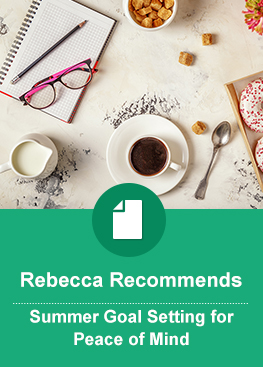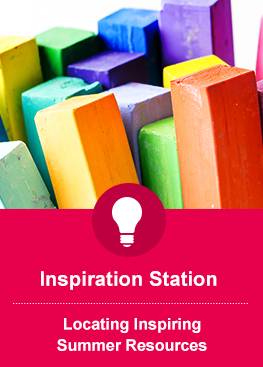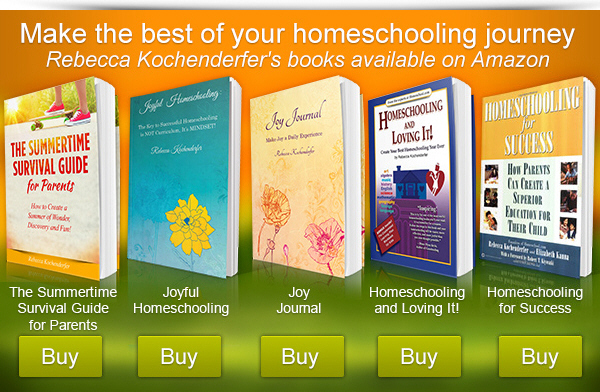Developing a Summer Learning Plan
Now comes the fun part: hashing out a summer learning plan. Call your child into the kitchen and prepare a special snack together. Find yourselves the most comfortable place to sit (or take a walk with your kinesthetic learner) and use this time to talk over what you’ve learned so far. Your child might find it quite fascinating to learn there is a name for the way he learns!
Discuss with your child the how and why behind summer learning. Make sure he is on board with these ideas and that your expectations of this special time are similar.
Ask questions—several of them! Like all of us, kids appreciate being consulted and listened to. Your child is far more likely to engage enthusiastically in this planning process if she believes her ideas are being considered and valued. Use her answers to construct a learning plan that she will fall in love with.
Depending on the age of your child, not all of these questions will be relevant or necessary. Use only the ones that keep your conversation moving in positive, meaningful directions and remember to keep it fun!
What do you think summer learning is?
Do you have any concerns about the summer ahead?
How are you happiest spending your time?
- When is learning difficult?
- When is learning fun?
- Do you prefer working alone or with others?
- Describe your perfect day.
- This summer, do you look forward to spending more time pursuing interests at home or out in the community?
- Which of these are most important to you right now—working, volunteering, learning a new skill, play, travel, meeting new people or time with good friends and family? Rank them in order of importance.
- List the books, music, movies and plays you’d like to enjoy over the summer.
- Name five day trips that you would like to do together.
- How will we stay healthy and fit this summer?
- Name something you’ve always wanted to do but were afraid to try, such as swimming in the deep end, attending sleep away camp or rock climbing. Let’s plan to try it this summer.
- Name three things you wish you knew more about.
- If you could meet anyone—dead or alive—who would it be and why?
Don’t stop yet. You are just warming up! Keep asking questions and listen closely to your child’s responses. Your efforts will make a lasting impression. To add a few sparks to the discussion, give your teen a copy of What Color Is Your Parachute? For Teens: Discovering Yourself, Defining Your Future by Carol Christen and Richard N. Bolles.
When asked questions like the ones above, kids will tend to have one of two responses. There is the child with a burning desire to try it all. While you don’t want to dampen this incredible enthusiasm, it’s ok to step in to help prioritize primary goals—especially in the case of older children. It might prove helpful to rank all of the possibilities in order of their importance to your child.
Then there are children who aren’t yet able to answer questions like these. They might answer each question with, “I don’t know.” That’s ok; asking the questions is important, too. This exercise should be relaxed and pressure-free. Present your questions as just something for your child to think about and let him know he’s free to mull over them at whatever pace he likes. It might be interesting to end the summer with the same questions you started with to show your child how his interests and ideas have evolved.








